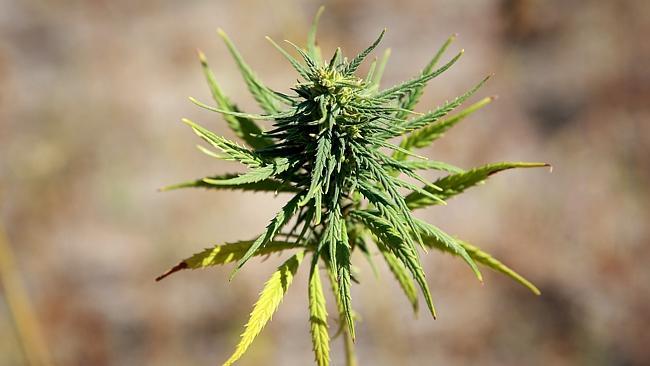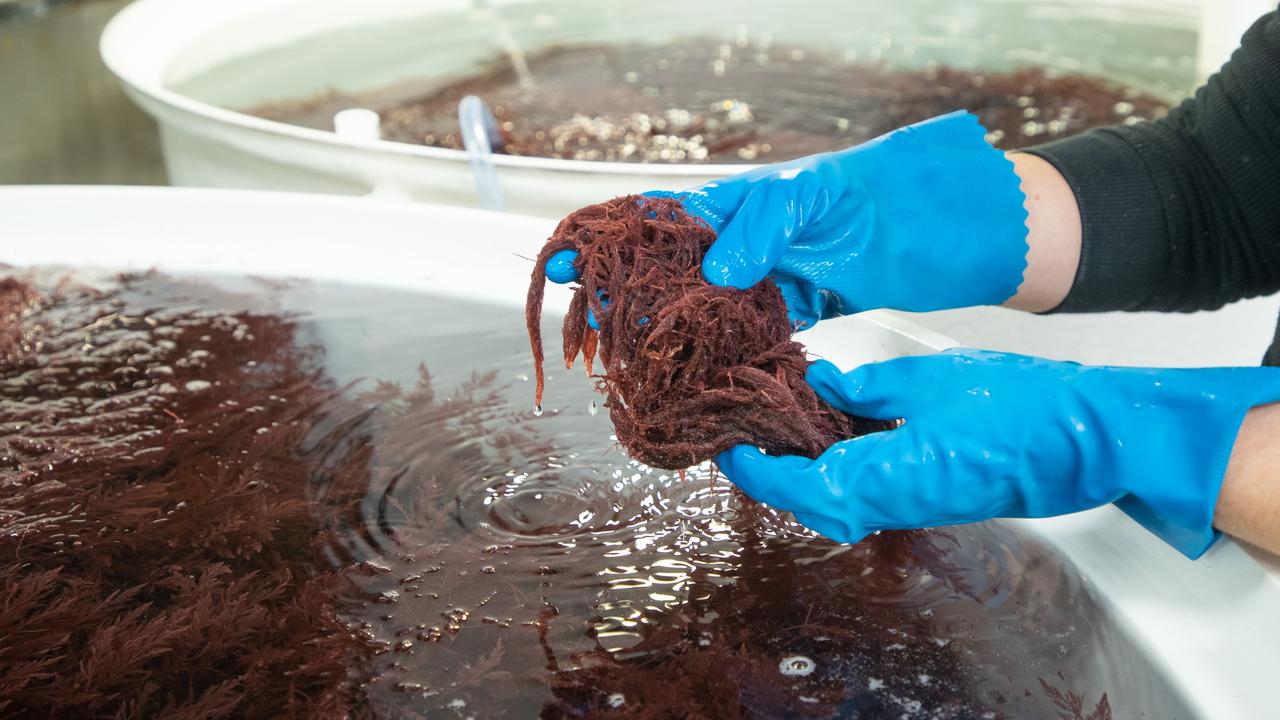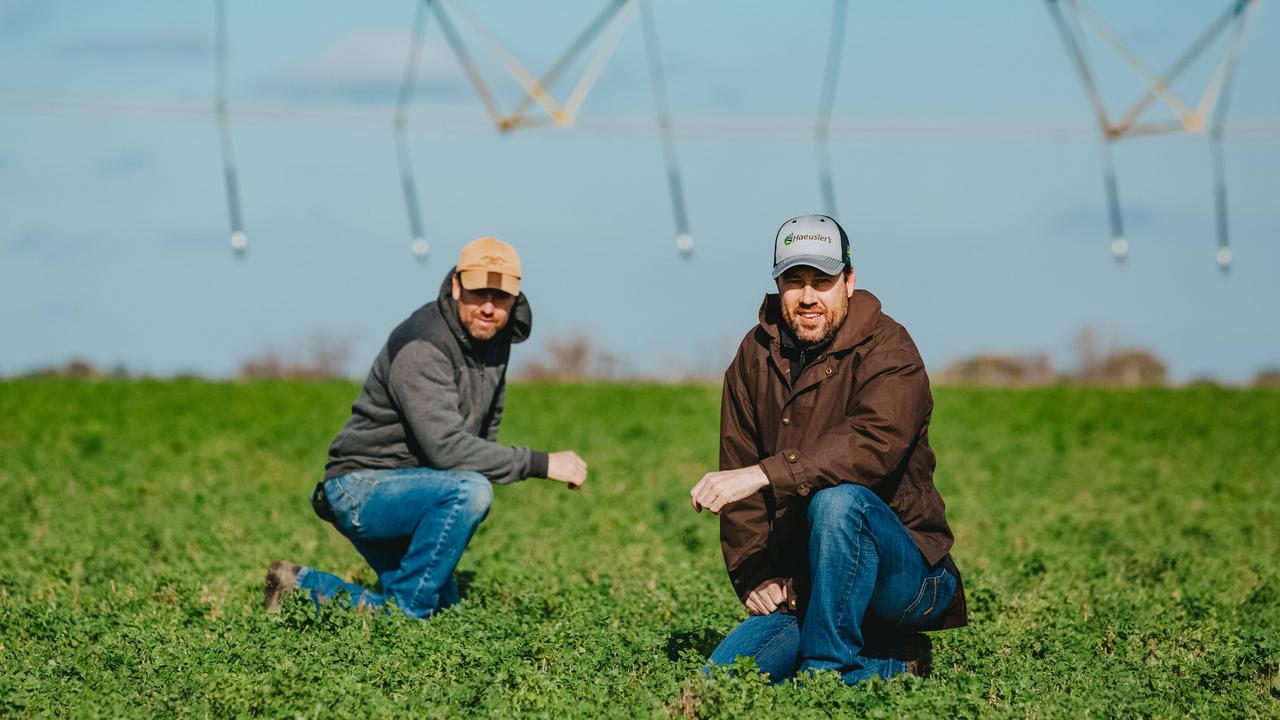Lyn Stephenson is on a mission to deregulate and expand Australia’s hemp
HEMP grower Lyn Stephenson is on a mission to deregulate and expand this versatile crop in Australia, and clear up a few misconceptions in the process.
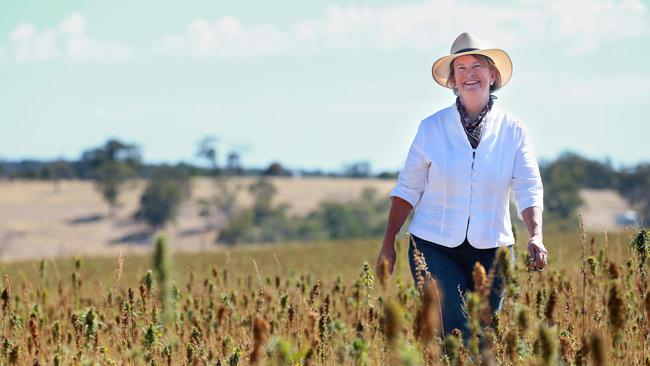
FOR the record, Lyn Stephenson has never inhaled marijuana.
Nor has she ever even considered smoking the substance.
“The closest I’ve come is having half a Marlboro at the age of 12 and that was it, never again,” says Lyn, from Lauriston in central Victoria.
“I don’t even like taking Panadol. I just don’t understand the concept of dope.”
Yet Lyn is the founder and president of Hemp Victoria and runs a 32-hectare farm, growing about three hectares of hemp, which last year produced about 485kg of hemp seed, pressed to produce 90 litres of hempseed oil.
In addition to her burgeoning hempseed oil business, Lyn also has bed and breakfast accommodation, with one building made partly out of hemp fibre, furnished with hemp fibre rugs, hemp fibre sheets and hemp soap.
Most recently she has been inundated with inquiries about medicinal cannabis.
And therein lies the great misconception between marijuana and hemp.
“Hemp seeds are not marijuana,” Lyn says.
“We buy poppy seeds in the supermarket but we don’t think we’re buying opium. Hemp and marijuana share the same botanical name (Cannabis sativa, L) but comparing the two is like comparing two canines – a Poodle is very different to a Doberman.
“If you smoke hemp it would be like smoking wheat or phalaris. But no one has the patience to understand this difference.”
And understanding the difference requires patience.
According to Lyn, there are up to 2000 varieties of hemp, which each contain various amounts of 60 cannabinoids (a class of chemical compounds). The compound tetrahydrocannabinol, also called THC and credited with causing the stoned effect, is found in high concentrations in marijuana, but little is found in hemp. In contrast, cannabidiol, or CBD, which is hitting the headlines thanks to its medicinal properties in treating conditions such as epilepsy, can be found in high concentrations in hemp and marijuana.
“There’s a lot of research into cannabis and its compounds overseas, especially in the US, but more needs to be done here to fully understand our growing conditions,” Lyn says.
Precisely because of these nuances, a high level of paranoia remains around hemp farming.
Hemp farming was made legal in Victoria in 1998, but there are strict conditions under the Drugs, Poisons and Controlled Substances Act placed on growers, of which there are about six in the state.
When Lyn first started hemp farming in 2012, the Department of Environment and Primary Industries required her to get a police check, a credit reference check, provide a business plan, explain where her seed was coming from and what she intended to do with the crop.
She has a licence and during every harvest DEPI officers arrive on her property, take a sample of buds for testing and only once the results are in is she allowed to sell or process the hemp seeds. Last year it took seven weeks to get a result from Western Australian laboratories.
In Victoria the limit for the active ingredient THC is .35 per cent and last year Lyn’s crop had just .07 per cent.
And even if you do grow a successful crop, it can’t be sold as a food.
Overseas, consumers can buy hemp oil, meal, protein powder or flour, but in Australia it is illegal to sell hemp as a food. Since 2009 Australian food regulations have been reviewed and Lyn is confident this year the sale of hemp as a food will be approved.
“Every year I think ... this year will be the year, but I do really think that this year it will be approved,” she says.
“I like to eat hemp (seed). It tastes like a cross between macadamia and sesame seed. The oil is like linseed, not for cooking, but to be drizzled over food. It is equivalent in nutritional value to eating deep-sea fish.”
Lyn’s hempseed oil is sold for topical use and for massage through health food shops and naturopaths, but, as her bed and breakfast venture shows, the beauty of hemp is in its multiple uses.
A section of her accommodation has been built this year using hempcrete, hemp mixed with lime to make a wall that has strong insulation and acoustic properties, is fire-retardant, vermin-proof and breathes.
In addition, hemp is a soil-loving, low-input crop to grow, adding nitrogen to soil.
Once the buds, containing the seeds, are harvested, the rest of the plant is mulched. Other varieties, Lyn says, can be grown for fibre.
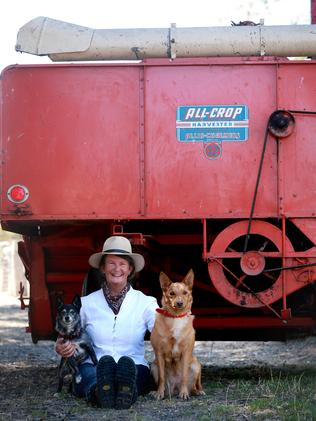
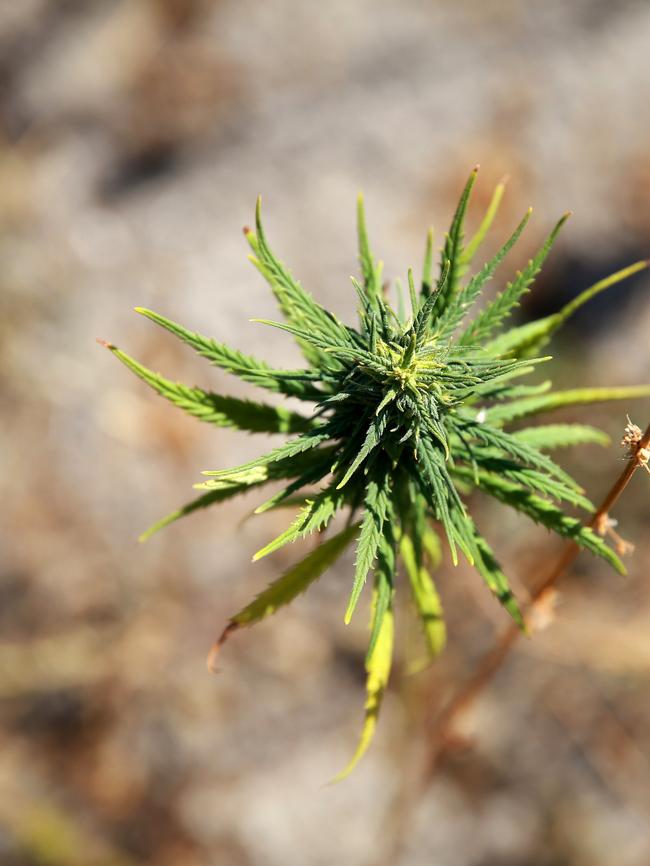
“We should not grow cotton in this country, given the amount of water and chemicals it takes,” she says. “Hemp doesn’t require chemicals and actually puts nutrients back in the soil. It’s ideal for crop rotation. My sheep got into the paddock this year and loved it.”
Lyn says she started Hemp Victoria in part to educate the public and the farming community about the diverse uses of hemp.
But the kernel of her interest in hemp was much more personal.
For two decades Lyn had a high-pressure job in property development. At the same time a close relative began using dope to relax.
Lyn says her relative subsequently developed bipolar disease, and Lyn believes the marijuana use played a part in triggering the condition.
“This kind of illness is taxing on a family and I tried to understand it,” Lyn says. “The relative kept going back to dope, so I started researching marijuana.”
It was through researching the plant, convinced it was detrimental to her relative’s health, that she became interested in hemp.
“I was and still am anti-marijuana,” Lyn says. “But marijuana is not hemp.”
Keen to opt out of her job, and intrigued by hemp’s untapped potential, she started the association in 2007, which has about 60 members. When inquiries poured in about how to grow the crop, Lyn thought it sensible to demonstrate its production methods so in 2012 bought the 32-hectare Lauriston property, called Bunjil Farm.
As the third hemp licence holder in Victoria, Lyn grows the French ferimon variety, initially buying 2.5 tonnes of seed from a New Zealand company operating in Tasmania because she was not confident about importing seed.
In October she sows about three hectares with the seed and says it is wind-pollinated and an easy crop to grow in her clay loam soil. Although, she adds, the past year has seen lower than average rainfall and, because she doesn’t irrigate, has suffered slightly with the dry conditions.
By December her variety starts to flower and she harvests when the seeds have formed, generally around late February or early March, when the crop is between knee and waist-high.
Harvest takes Lyn a day with an old Allis Chalmers All-crop Harvester. The seeds are then dried in the sun for about three days, before being bagged and sent to Highleaze Seeds in Smeaton to be cleaned and stored.
Once the DEPI tests have been approved, she takes the seeds to Stoney Creek Oil in Talbot for processing into oil.
Lyn’s hempseed oil is sold in 285ml bottles, priced $20 each. She feeds the hemp meal to her chooks and dogs.
Ultimately Lyn would like to have a shop and café, showcasing all the uses of hemp.
“There have been times in all this I’ve felt like giving up,” Lyn says. “But now – particularly with the medicinal cannabis debate – I feel like it is time.
“When the public perception of hemp is that it’s not a drug and farmers can see it’s a beneficial crop to grow, then I’ll feel like it’s been worth it.”
FARM FACTS - Bunjil Farm
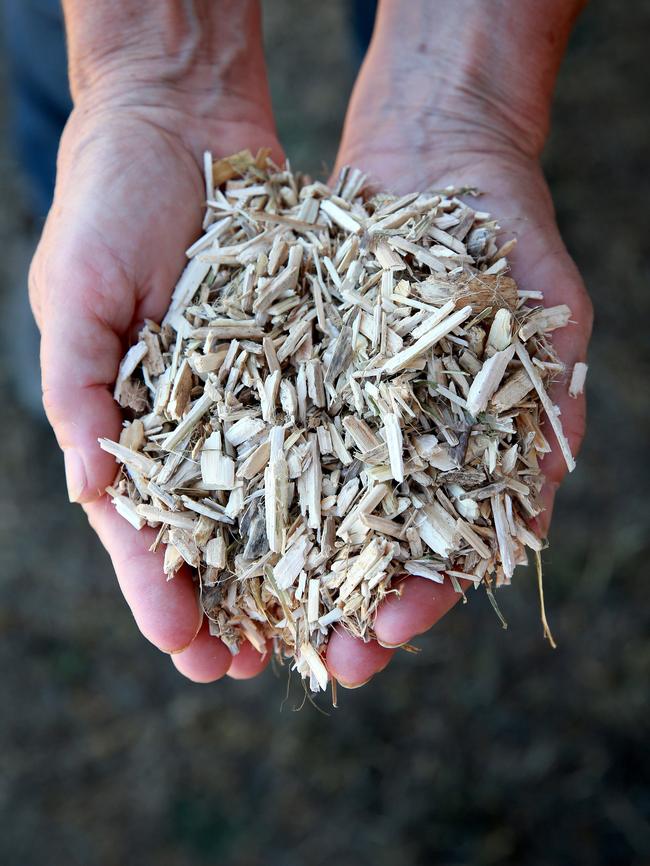
Lyn Stephenson runs a 32-hectare property, Bunjil Farm at Lauriston in central Victoria, growing three hectares of hemp, from which she produces hempseed oil. The oil is sold through health food stores and is for topical use and massage.
Lyn is president of the Industrial Hemp Association of Victoria, representing growers and lobbying for the expansion of the hemp industry.
She also has bed and breakfast accommodation, featuring hemp products throughout.
Bunjil Farm also has 18 chooks, about 20 sheep (for mowing), agisted horses, a vegie patch and two dogs.

